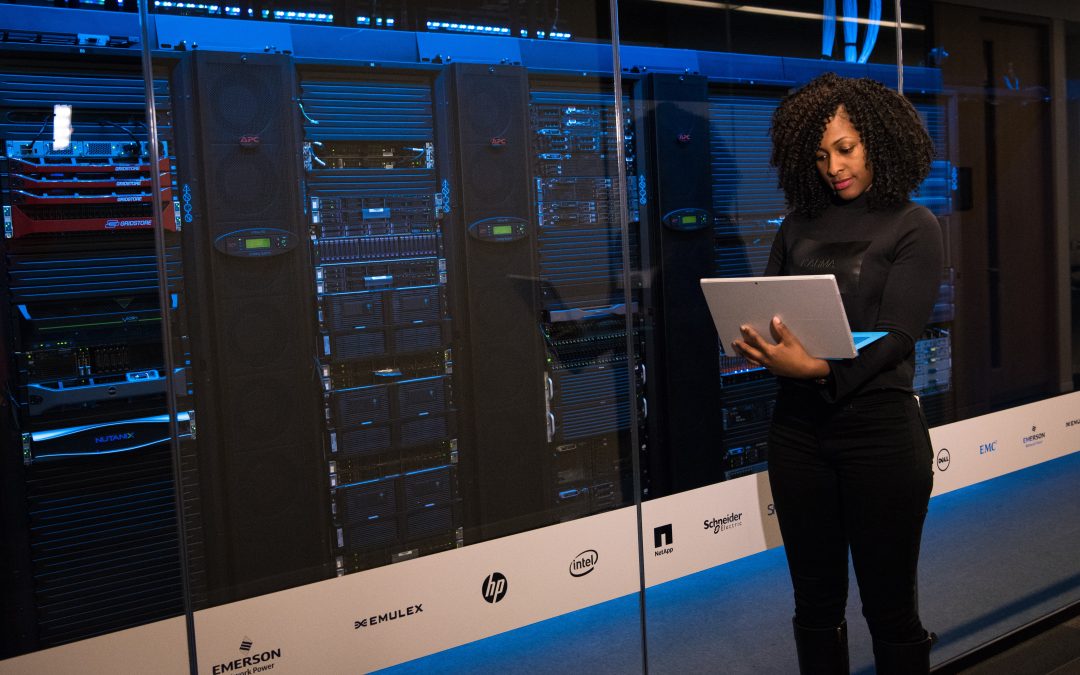As technology evolves, so do cyber threats. Businesses of all sizes are at risk of cyberattacks that can lead to financial losses, data breaches, and reputational damage. Understanding the top cybersecurity threats in 2025 can help companies stay ahead and protect their assets.
1. Ransomware Attacks
Ransomware remains one of the most dangerous cyber threats. Attackers encrypt business data and demand ransom for its release. Companies must implement robust backup strategies and endpoint protection to mitigate these risks.
2. Phishing & Social Engineering
Cybercriminals use phishing emails, fake websites, and social engineering tactics to trick employees into revealing sensitive information. Regular security training and email filtering can help prevent these attacks.
3. Insider Threats
Employees, whether malicious or negligent, pose a significant cybersecurity risk. Organizations must enforce strict access controls, monitor activity, and implement zero-trust security policies.
4. AI-Powered Cyberattacks
Hackers are using artificial intelligence (AI) to automate and enhance attacks. AI-driven malware and deepfake scams are increasing in sophistication. Businesses must use AI-driven cybersecurity tools to stay protected.
5. Supply Chain Attacks
Cybercriminals exploit vulnerabilities in third-party vendors to infiltrate businesses. Vendor risk management and strict cybersecurity assessments are crucial to prevent supply chain attacks.
6. Cloud Security Risks
As businesses rely more on cloud services, misconfigurations and weak access controls can expose data. Implementing multi-factor authentication (MFA) and cloud security monitoring is essential.
7. IoT (Internet of Things) Vulnerabilities
With the rise of smart devices, unsecured IoT devices are a prime target for cybercriminals. Businesses should segment networks and regularly update firmware to prevent breaches.
How to Protect Your Business in 2025
- Employee Training: Conduct regular cybersecurity awareness programs.
- Multi-Factor Authentication: Implement MFA for all critical systems.
- Regular Patching: Keep software, operating systems, and applications updated.
- Zero-Trust Security: Enforce a zero-trust model to verify every access request.
- Advanced Threat Detection: Use AI-powered security tools to detect and prevent cyber threats.
Conclusion
Cyber threats are evolving, and businesses must take proactive steps to secure their data, employees, and IT infrastructure. Investing in cybersecurity solutions and training ensures resilience against cyberattacks in 2025 and beyond.
Need help strengthening your cybersecurity strategy? Contact us today to learn how we can protect your business from evolving threats.
